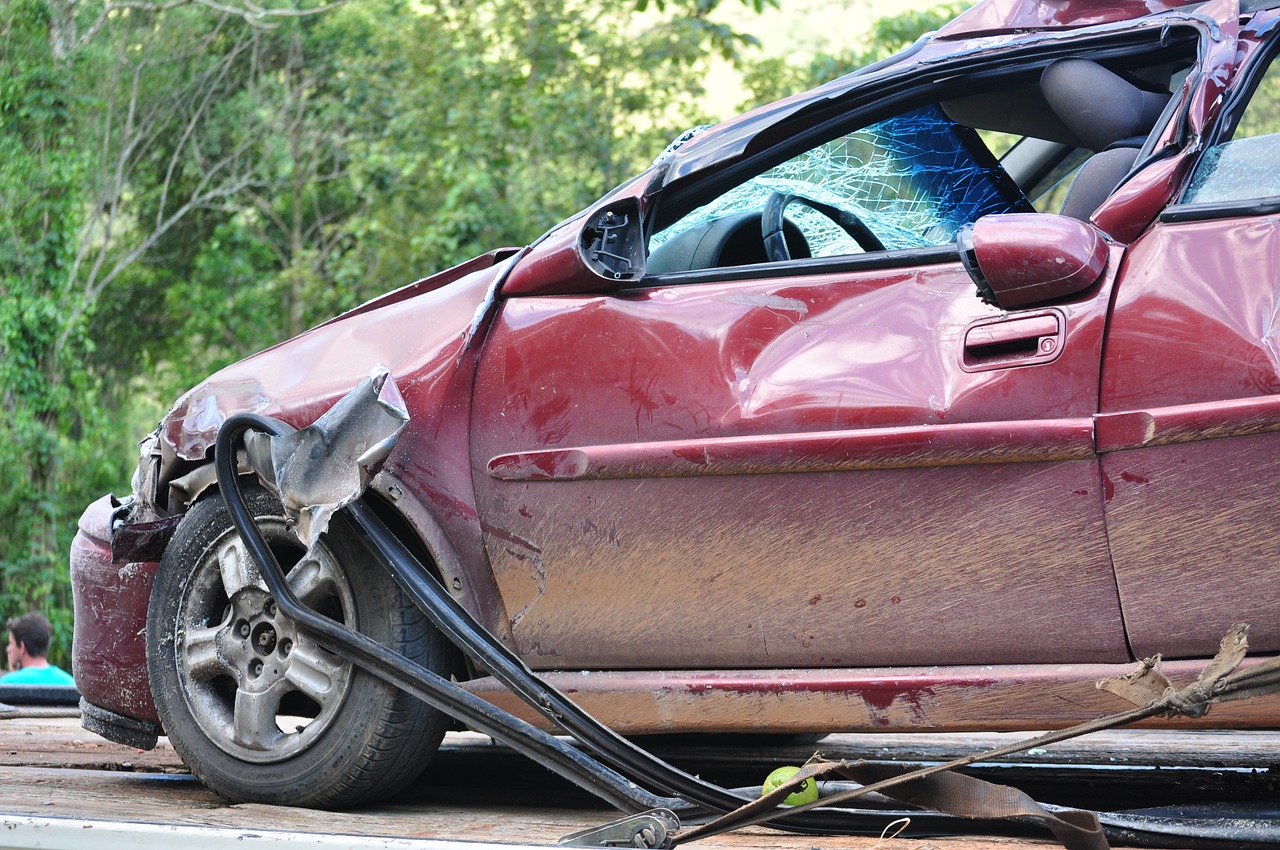The New B.C. Minor Injury Regime: A Tale of Two Victims…
A number of issues and concerns about the NDP government’s changes to ICBC have been discussed in the media, among lawyers and in the community at large. However, an issue that has not received very much attention is the disproportionate impact the changes to the Insurance (Vehicle) Act and the new Minor Injury Regulation will have on certain segments of the population, including women and persons with disabilities.
The problem lies in the definition of “minor injury” and the effect of the definition on marginalized groups. Essentially, for certain categories of injuries, including chronic pain, concussions and psychological injuries, to be outside the definition of minor injury, the injury must substantially impact the victim’s regular employment or education, or the victim must no longer be able to care for themselves. The result of a minor injury classification is that non-pecuniary damages (i.e. money for pain and suffering) will be capped at $5,500. By connecting the meaning of minor injury to one’s employment or educational status, the regulation discriminates against those who are not in the workforce. This disproportionately affects women and persons with disabilities.
Let’s Look at Two Minory Injury Scenarios to Illustrate the Problem:
Scenario #1: John
John was injured in a motor vehicle accident that was not his fault. Prior to the accident, John worked as a house painter. In the accident, John suffered a whiplash injury that developed into chronic pain over time. John was completely off work for one month after the accident, at which time he tried to go back to painting. However, even with reduced hours, he was unable to return to work as a painter. Thirteen months post-accident, his pain is chronic and he will likely not be able to work as painter again. According to the new ICBC regulations, John’s injury would not be minor because of the impact on his work. He would be entitled to traditional non-pecuniary damages. For chronic pain, John might be awarded anywhere from $70,000 to $200,000 depending on the severity of the pain and other factors relevant in the traditional common law approach to non-pecuniary damages.
Scenario #2: Maria
Maria was also injured in a motor vehicle accident that was not her fault. Her injuries are exactly the same as John’s injuries. After over a year, she has chronic pain due to a whiplash injury that will not get better. However, unlike John, prior to the accident, she was not employed outside the home. At the time of the accident, Maria had a three year old child and a 13 month old child. After the birth of her second child she decided, like many parents, that it made more sense for her to no longer work outside the home due to the cost of daycare. She planned to go back to work when her kids were both in school. The impact on Maria’s family life has been significant. She can no longer pick up her children. She had to stop nursing her youngest because of the pain. She does not take her children to playground; she cannot pull them behind her bike in a carriage. Her parents come to the house every day so that she can rest. She is depressed and angry because of the constant pain and fatigue, which is impacting her marriage. Her doctor has said the pain will likely not get better. It is chronic, just like John’s pain.
But, her injury is “minor” because she is not employed and is not a student. She is only entitled to a maximum of $5,500. Why is her pain of less value than John’s pain?
In this scenario, Maria has family and a partner to help her. She is relatively privileged. One can imagine how this could impact single-parents, particularly those in marginalized communities with little support.
The connection between the value of pain and one’s employment status is arbitrary and, perhaps, unconstitutional. This legislation discriminates against women and disabled. It treats people unequally based on ability and gender.
Much has been said about the unfairness of the changes to tort compensation for motor vehicle accidents and the other changes to ICBC claims. To me, this issue is by far the most troubling. I do not look forward to the first meeting with a prospective client where I have to tell her that she is only entitled to, at most, $5,500 for her life-long pain simply because she chose to work inside the home.
What Do You Think?
What do you think about these stories? We’d love to hear from you. And, as always, if you have any questions about ICBC, motor vehicle collisions or personal injury, be sure to contact one of our ICBC lawyers in Vancouver.
